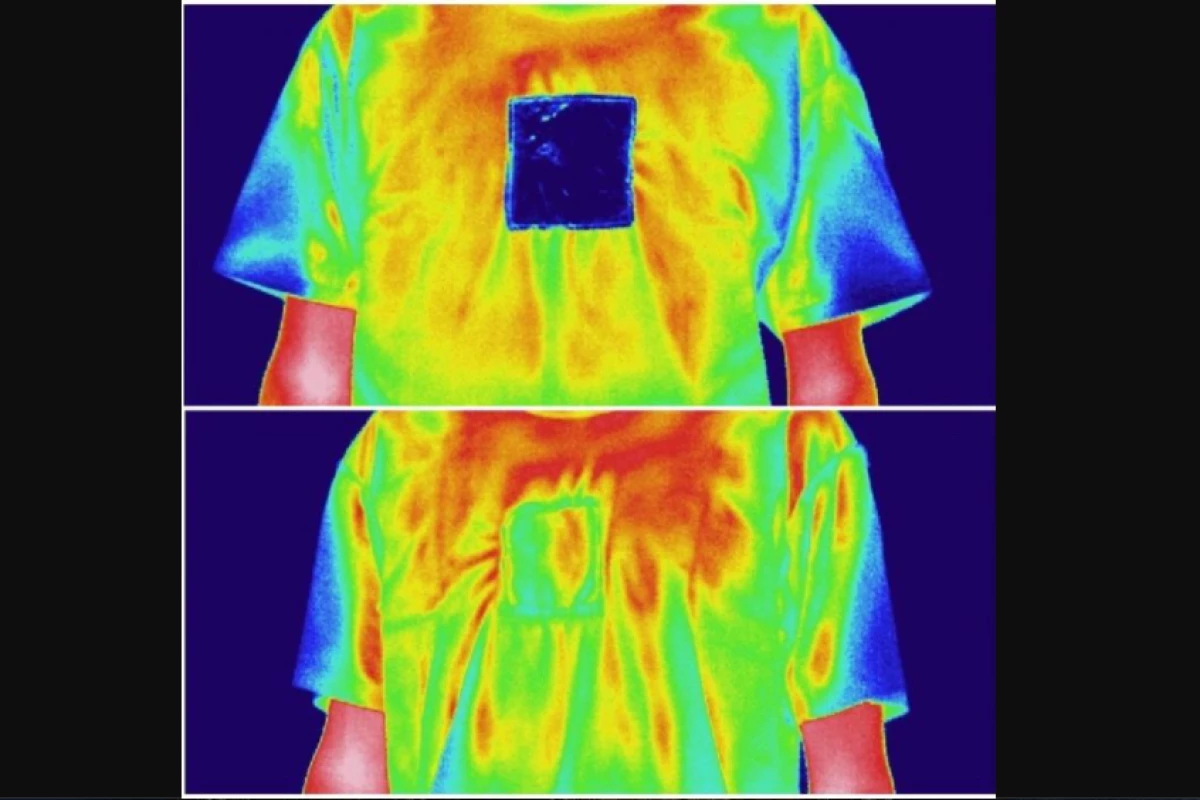It can be frustrating, when the jacket that you initially put on to keep you warm starts making you too hot. Jackets made from an experimental new reversible fabric, however, could both heat and cool their wearer.
Developed by scientists from China's Zhejiang University and Westlake University, the multi-layered "Janus textile" consists of a base of ePTFE (expanded polytetrafluoroethylene) polymer fibers. Other substances have been bonded to those fibers, giving the fabric one side that warms the user, and one that helps keep them cool.
When a garment made from the material is worn with the warming side facing outwards, zinc and copper nanoparticles on that side absorb solar energy and reduce the amount of body heat that escapes. Once the user turns the garment inside-out, a porous coating of PMMA (polymethyl methacrylate) polymer on the now outward-facing cooling side reflects the sunlight and helps dissipate body heat.
In tests performed under natural sunlight, the heating side increased the temperature of underlying simulated skin by a total of 14 ºF more than black cotton. When the fabric was turned over, the cooling side reduced the skin temperature by 11 ºF more than white cotton. The cooling side had no effect when tested at night, although the warming side proved to be warmer than black cotton by a total of 5 ºF.
According to the scientists, the textile is easy and inexpensive to manufacture, and it offers a breathability similar to that of cotton. And as an added bonus, by wiring a thermoelectric generator up to the material, the researchers were able to produce a small amount of electricity by harnessing the temperature difference between the inner surface of the fabric and the skin.
It is hoped that once developed further, this feature could be used to power wearable electronic devices. Other institutions are working on fabrics with this same functionality.
A paper on the study, which is being led by Zhejiang University's Qiang Li and Westlake University's Min Qiu, was recently published in the journal Nano Letters.
Source: American Chemical Society




